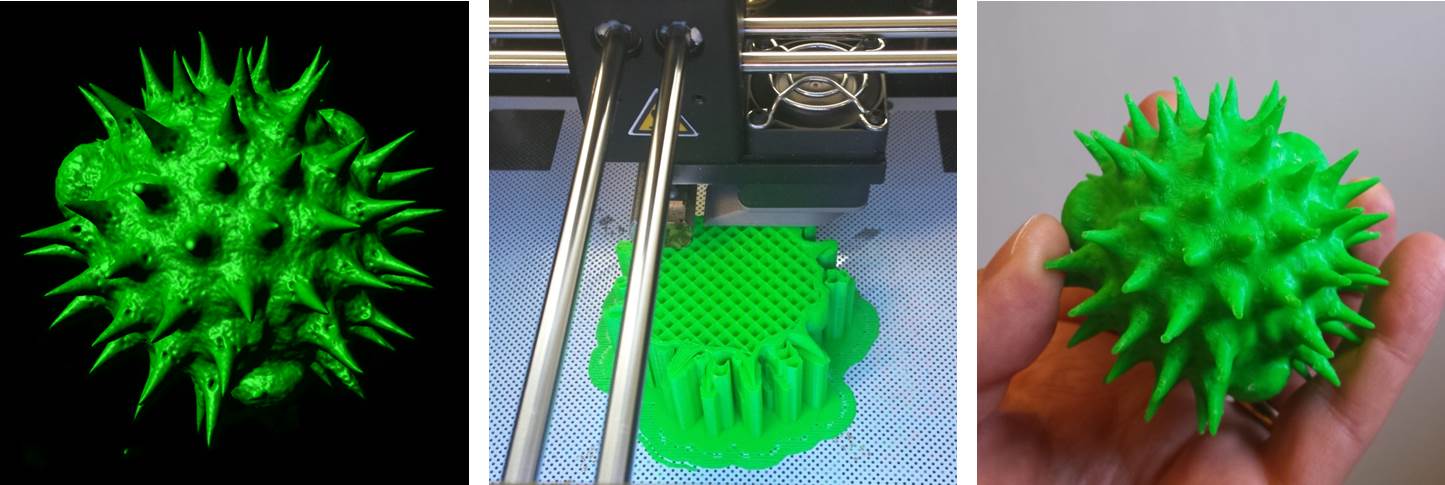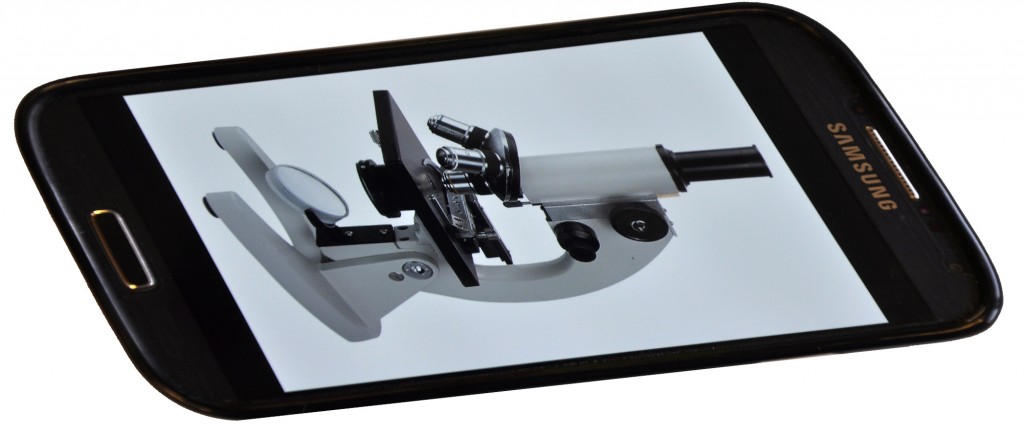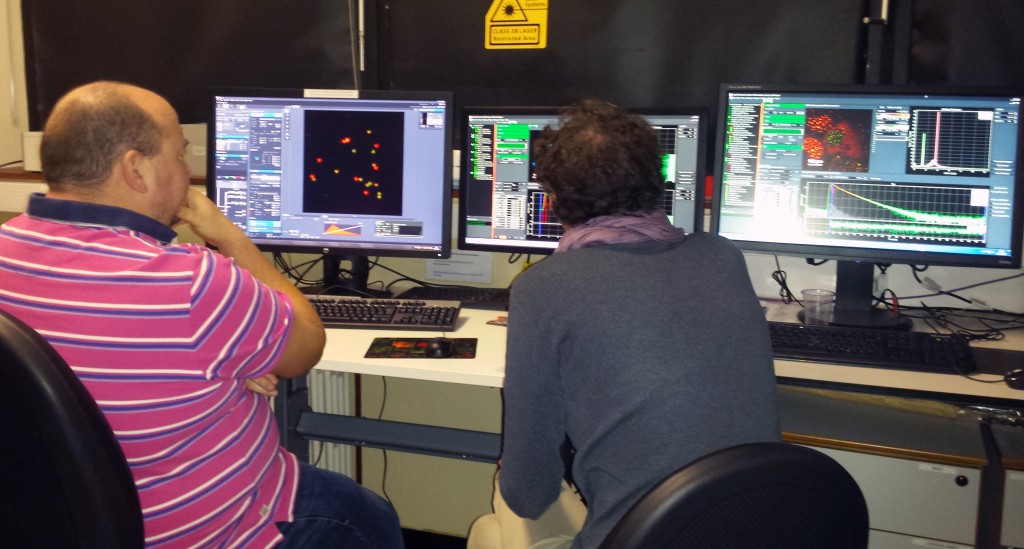Grant failed to make it past triage? Departmental account looking decidedly bare? Fear not dear reader, we have trawled the net to come up with a list of the best free imaging software out there…
The following links are to downloads of free software for image acquisition, processing and multi-dimensional analysis. Hardware requirements, application notes and user instructions are all available through the individual websites. Please note that some of the downloads will require site registration.
BioImageXD Open source software for analysing, processing and visualising multi-dimensional microscopy images.
Cell Profiler Versatile 2D processing platform for high throughput screening applications.
Confocal Assistant Software for 3D processing and analysis of confocal images.
Drishti Advanced software for 3D rendering of volumetric datasets.
FluoRender Interactive 3D rendering tool for confocal microscopy designed specifically for neurobiologists.
Icy open community platform for bioimage informatics. Broad selection of plugins and protocols.
ImageJ Multi-format (Java-based) open source software package for data acquisition, analysis and processing. Extensive functionality conferred via a wide selection of downloadable plugins.
LAS-AF Lite ‘Lite’ version of the Leica application suite which allows basic processing and analysis of image data obtained from advanced Leica widefield and confocal systems.
LCS Lite ‘Lite’ version of the Leica confocal software that allows basic processing and analysis of Leica SP2 confocal image files.
Micro-Manager Open source software for control of automated microscopes which runs as a plugin to Image J.
Open Microscopy Environment (OMERO) Client server software for visualisation, management and analysis of biological images.
DeconvolutionLab Software for deconvolution of 2D or 3D microscopic images which runs as a plugin to Image J.
V3D Powerful open source software for visualisation and segmentation of large 3D datasets.
View5D Software for analysis and processing of multi-dimensional volumetric datasets which runs as a plugin to Image J.
VisBio Open source software for visualisation and analysis of multidimensional image data. Interfaces with Image J and OMERO.
Voxx Voxel-based rendering software for 3D analysis of confocal and multi-photon datasets.
LSM image browser Imaging software for Zeiss LSM 5 series confocals.
ZEN Lite ‘Lite’ version of the Zeiss Efficient Navigation (ZEN) software that allows basic processing and analysis of image data from advanced Zeiss light microscopical systems.
AJH
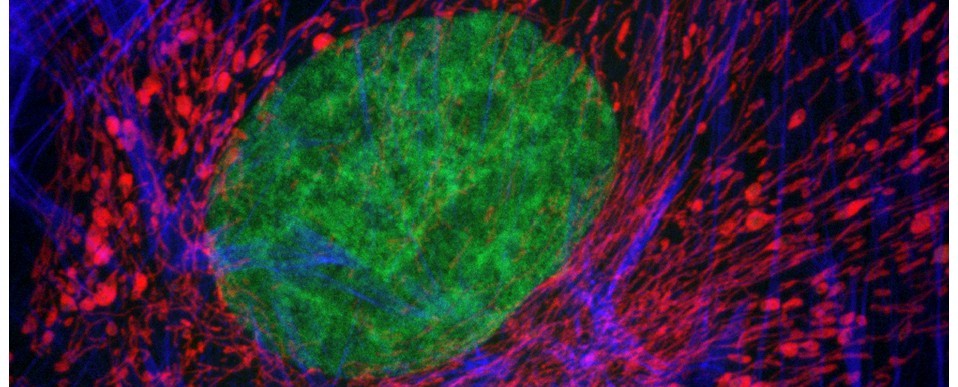
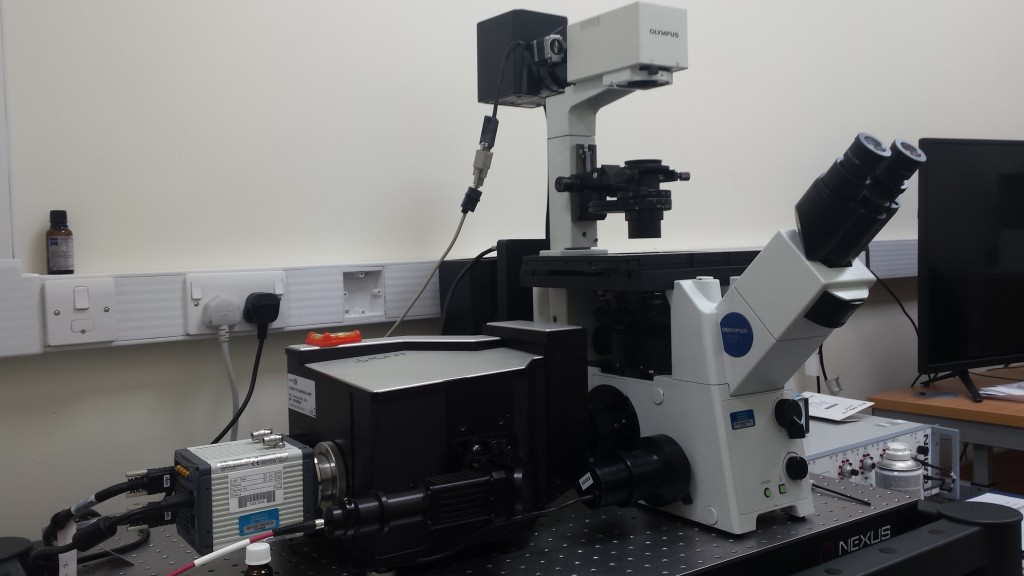


![[Parameter-Settings] FileVersion = 2000 Date/Time = 0000:00:00 00:00:00 Date/Time + ms = 0000:00:00,00:00:00:000 User Name = TCS User Width = 1032 Length = 1032 Bits per Sample = 8 Used Bits per Sample = 8 Samples per Pixel = 3 ScanMode = xy Series Name = demo2.lei](http://blogs.cardiff.ac.uk/bioimaging/wp-content/uploads/sites/492/2016/09/Photobleach-1024x509.jpg)


